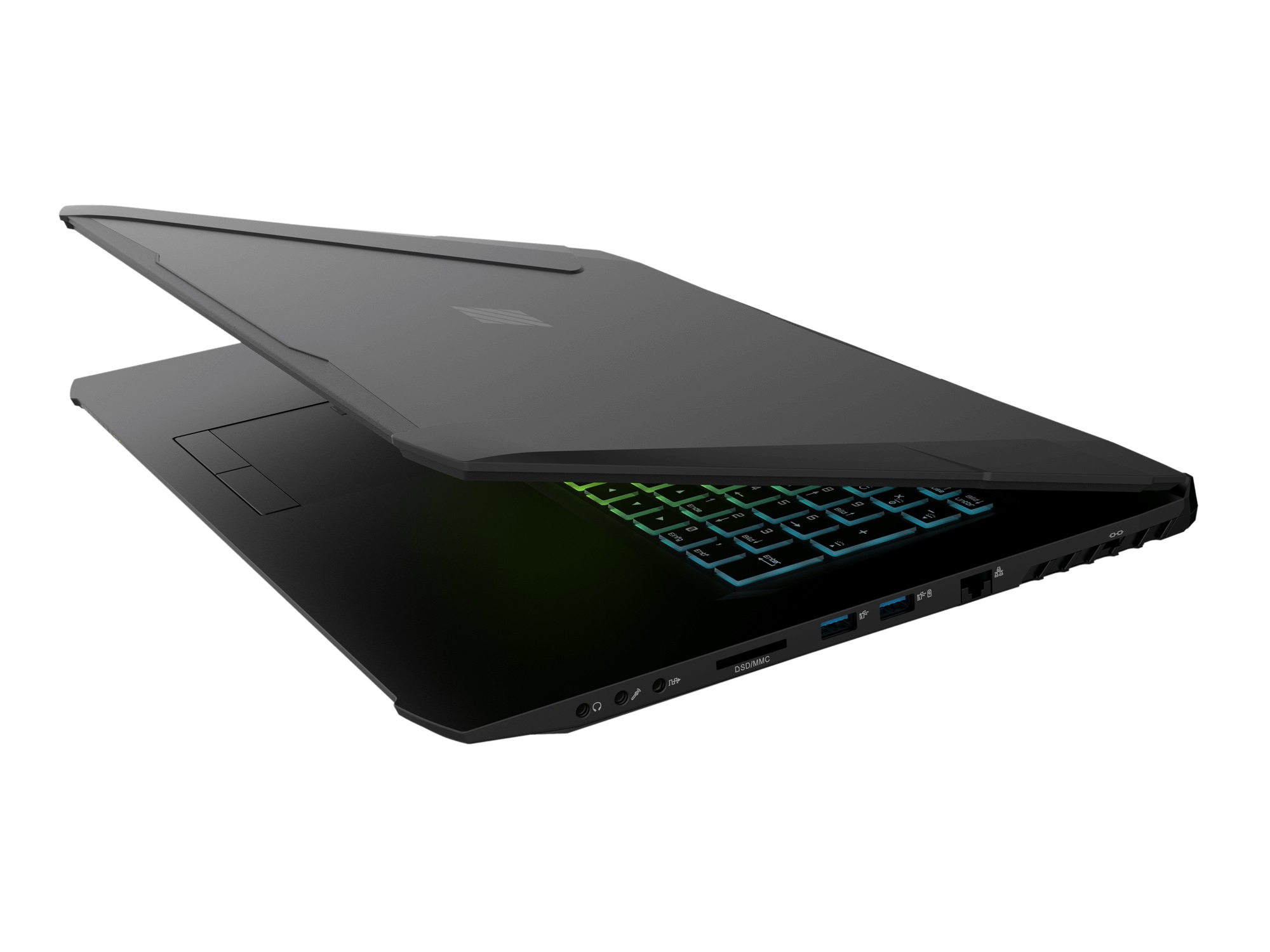The Clevo PA71 ES-G seamlessly blends style and substance with its slim Al-alloy body and precision-crafted design. The angular contours and smooth aluminum alloy body mask its enormous power beneath a refined form. With 32GB of Dual-Channel DDR4 memory and faster clock speeds and bandwidth, this laptop delivers high-end performance. Whether you’re a heavy-duty gamer or simply an office whiz, the PA71 ES-G is sure to meet your needs.
Clevo PA71 ES-G blends substance and style
The sleek, Al-alloy body of the Clevo PA71 ES-G hides overwhelming power underneath its precise, angular form. This laptop supports up to three additional monitors and offers Display-Port, HDMI and HD surround sound capabilities. The PA71 ES-G is plug-and-play compatible and supports NVIDIA VRWorks VR technologies. With these advanced features and a compact design, the Clevo PA71 ES-G is the perfect computer for those on the go.
Its 8th Gen Intel mobile processor deftly handles gaming, recording, and streaming
The Levo Pa71’s 8th Gen CPU is equipped with the latest generation of Intel Core processors. Its powerful processor enables you to enjoy your gaming experience with ease, whether you want to live-stream it or record it. The 8th Gen processor is also Microsoft Mixed Reality ready. That means that it can capture and stream 360-degree photos and videos. You can even use it to take holo-tour tours of places.
The processor delivers exceptional performance with a 40 percent improvement in productivity over 7th Gen processors. This powerful processor enables you to enjoy brilliant 4K UHD entertainment. It supports dedicated hardware acceleration, which dramatically reduces power consumption and provides exceptional battery life. The Levo Pa71 also includes a microSD card slot. It has a 3.5mm headphone jack and USB Type-C port.
Its 170 degree wide angle 72% NTSC display renders the best vivid broad-spectrum color
The NTSC colour gamut is the most widely used standard for comparing displays. NTSC is a measure of colour gamut that was first defined in the television age. Many laptops now come with displays that are equivalent to 45% of the NTSC standard. Other laptops, such as the GIGABYTE AORUS line, offer displays with a wider gamut, like the Levo Pa71’s 170 degree wide-angle display. This makes for better immersion and smoother-looking games.
The Levo Pa71’s 170 degree-wide-angle 72% NTSC display also produces the most vibrant broad-spectrum colors. While many products boast a 170-degree wide-angle screen, a 72% NTSC display gives the best color rendering possible. In fact, its wide-angle screen makes for the best display clarity in its price range.
True contrast ratios are another way to compare screens. Most LCDs and Plasmas can reach a true contrast ratio of 2,000 to 5,000. But the corresponding claim of a higher ratio is merely marketing puffery. OLEDs, on the other hand, are capable of achieving true contrast ratios of millions or even more.
Typical LCDs list their display specs prominently. Unfortunately, many of them are misleading and misinterpreted, making it difficult to compare different models. To help consumers and professionals compare screens, DisplayMate Technologies has outlined the most commonly misunderstood and misleading display specs. They’re worth reading carefully and making sure you’re getting the best possible image quality.
Most consumer content is produced using 16-bit color. This is a number of possible intensities for each primary color. There are 256 intensity levels for red, green, and blue. Those numbers are not intuitive, but you can get the idea. For the best vivid color rendering, choose a display with a 16-bit or higher color depth.
Final Words
The curved display wraps around the user’s line of vision, enabling greater concentration in busy office settings. The curved screen also reduces picture distortion. Some users prefer a flat display for creation and viewing of content, while others prefer a curved display for both. A dual-display setup is a good choice, depending on desk space and budget.
READ MORE: Nikon Z30 Review-what should you need
